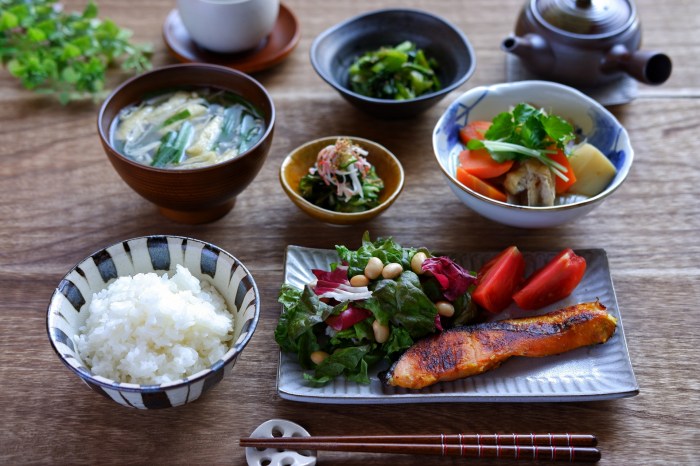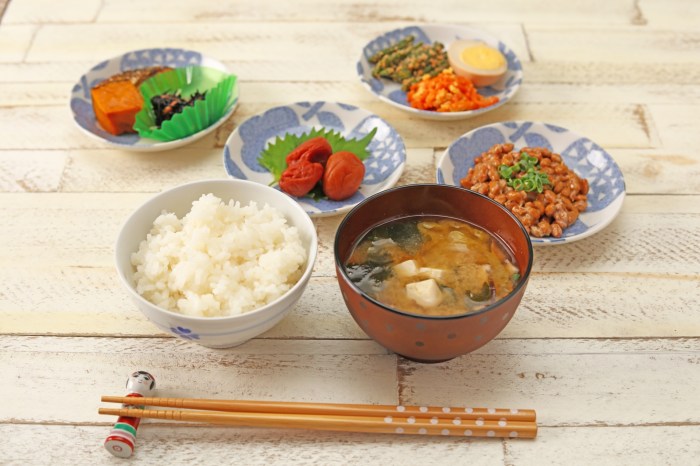The Art of Japanese Cooking: How To Cook Japanese Style Cuisine
Japanese cuisine is renowned for its delicate flavors, fresh ingredients, and meticulous preparation techniques. From sushi to ramen, Japanese dishes have captured the hearts and taste buds of food enthusiasts around the world. If you’re looking to bring the flavors of Japan into your own kitchen, we’ve got you covered with this comprehensive guide on how to cook Japanese style cuisine.
Tips for Cooking Japanese Style Cuisine

Before you dive into the world of Japanese cooking, it’s important to familiarize yourself with some key tips and techniques that will help you achieve authentic flavors and textures. Here are some tips to keep in mind:
1. Use high-quality ingredients: Japanese cuisine relies heavily on fresh, seasonal ingredients. Opt for local and organic produce whenever possible to elevate the flavors of your dishes.
2. Master the art of umami: Umami is the fifth taste, known for its savory and rich flavor profile. Incorporate ingredients like soy sauce, miso, and dashi to enhance the umami in your dishes.
3. Pay attention to presentation: In Japanese culture, presentation is just as important as taste. Take the time to arrange your dishes beautifully on the plate for a truly authentic experience.
What Do You Mean by Japanese Style Cuisine?

Japanese style cuisine refers to the traditional cooking techniques and flavor profiles that are unique to Japan. It often emphasizes the use of fresh, seasonal ingredients, minimal seasoning, and meticulous preparation methods. From sushi to tempura, Japanese cuisine is known for its simplicity and elegance.
What is Known About Japanese Cooking?
Japanese cooking is known for its emphasis on umami, which is achieved through the use of ingredients like soy sauce, miso, and seaweed. The Japanese also have a deep respect for the seasons, with many dishes being tailored to highlight the flavors of specific times of the year. Additionally, Japanese cuisine places a strong emphasis on presentation, with chefs taking great care to arrange dishes in visually appealing ways.
Solution: How to Cook Japanese Style Cuisine
To cook Japanese style cuisine at home, start by stocking your pantry with essential ingredients like soy sauce, mirin, and rice vinegar. Invest in quality knives and learn basic knife skills to prepare ingredients with precision. Experiment with traditional Japanese cooking techniques like steaming, grilling, and simmering to achieve authentic flavors.
When it comes to cooking Bengali style fish curry, it is important to use the right combination of spices and ingredients to achieve that authentic taste. You can follow this step-by-step guide on how to cook Bengali style fish curry to learn the traditional method of preparing this flavorful dish.
Detail Information on Japanese Cooking Techniques
Japanese cooking techniques are diverse and varied, ranging from delicate sushi preparation to hearty stewing methods. Some popular techniques include:
– Sushi making: Learn how to prepare sushi rice, slice fish, and assemble sushi rolls for a classic Japanese dish.
– Tempura frying: Master the art of tempura frying by coating ingredients in a light, crispy batter and frying them to perfection.
– Ramen noodle soup: Experiment with making your own ramen broth and noodles for a comforting and savory dish.
Describe in Depth: Step-by-Step Guide to Cooking Japanese Style Cuisine
1. Start by preparing your ingredients: Wash and chop vegetables, marinate meats, and cook rice according to package instructions.
2. Choose a traditional Japanese recipe to follow or create your own dish using classic ingredients like sushi rice, nori seaweed, and soy sauce.
One of the most popular dishes in Bengali cuisine is fish curry. If you want to learn how to cook Bengali style fish curry, you can follow this detailed guide on how to cook Bengali style fish curry. The recipe typically involves using a variety of spices and ingredients to create a flavorful and aromatic dish that pairs perfectly with rice.
3. Use traditional Japanese cooking techniques like grilling, steaming, and simmering to bring out the flavors of your ingredients.
4. Pay attention to details like seasoning with soy sauce and mirin, garnishing with pickled ginger and wasabi, and arranging your dish on the plate with care.
Conclusion
Bringing the flavors of Japan into your own kitchen is a rewarding experience that allows you to explore new ingredients, techniques, and flavors. By following our comprehensive guide on how to cook Japanese style cuisine, you can create authentic and delicious dishes that will transport you to the heart of Japan with every bite.
FAQs
1. What are some essential ingredients for Japanese cooking?
2. How can I enhance the umami in my Japanese dishes?
3. What are some common Japanese cooking techniques?
4. Can I substitute ingredients in Japanese recipes?
5. How important is presentation in Japanese cuisine?
